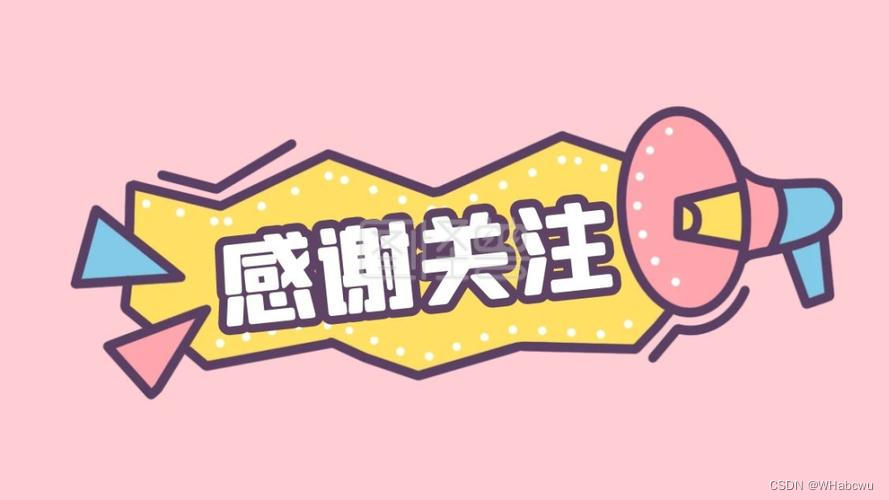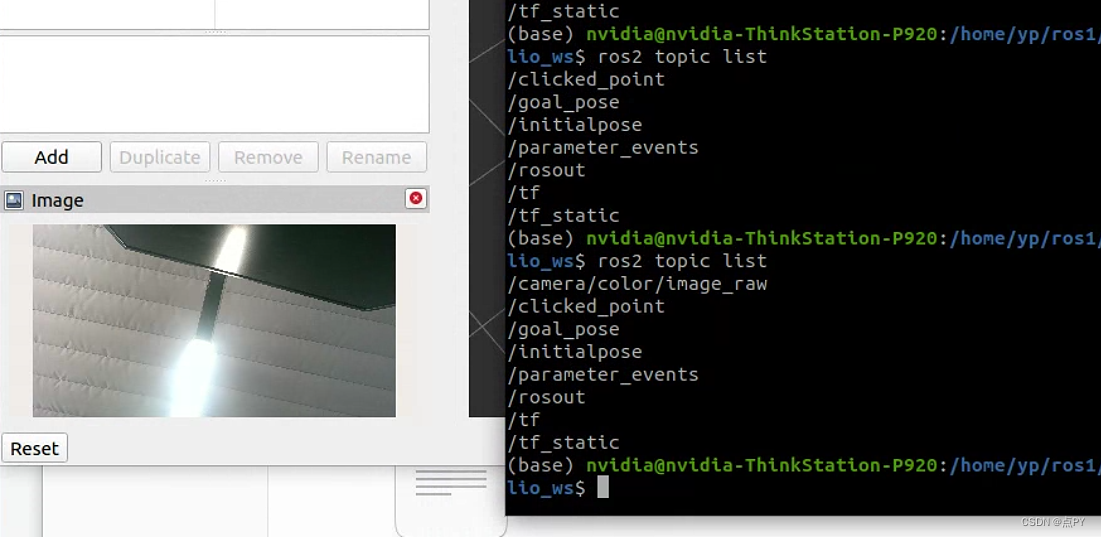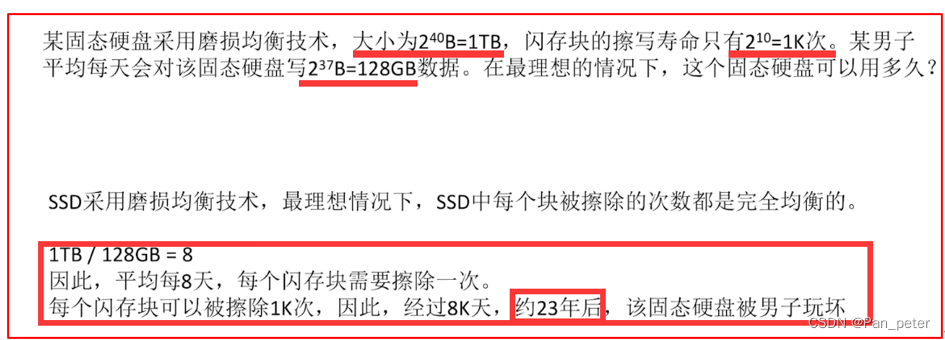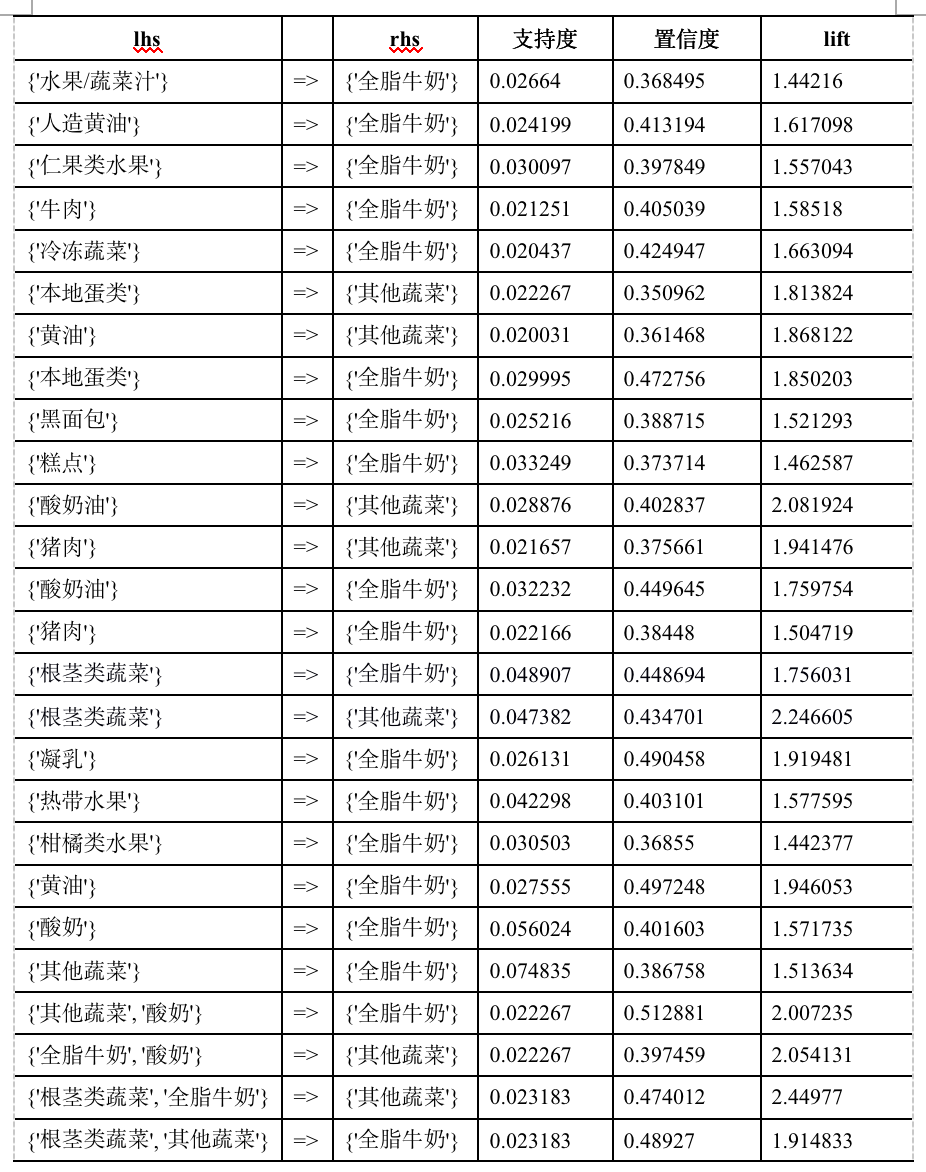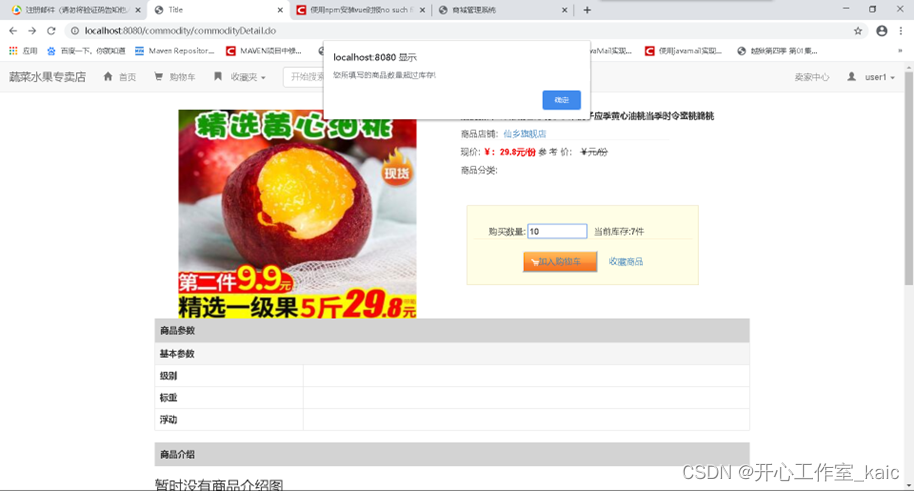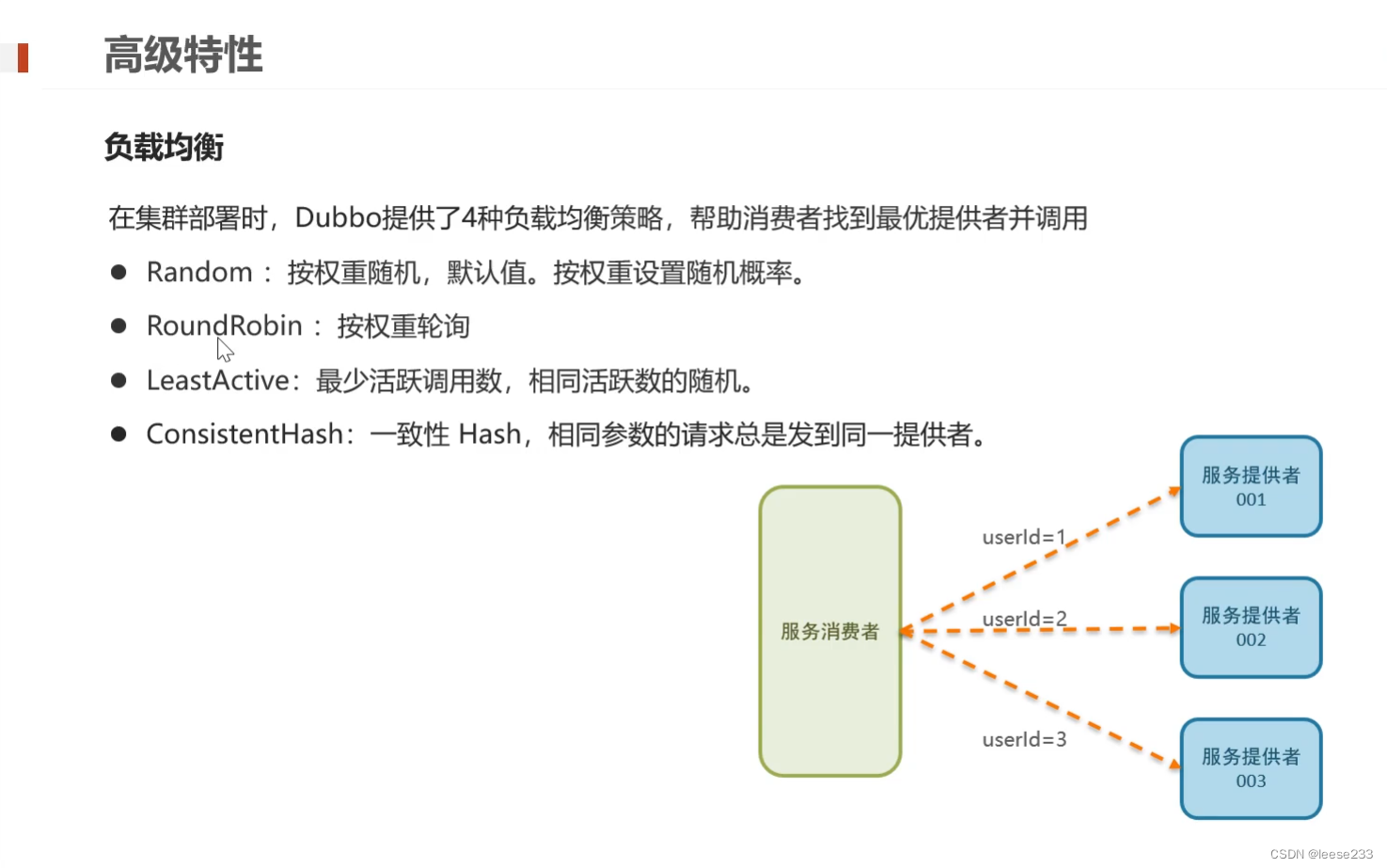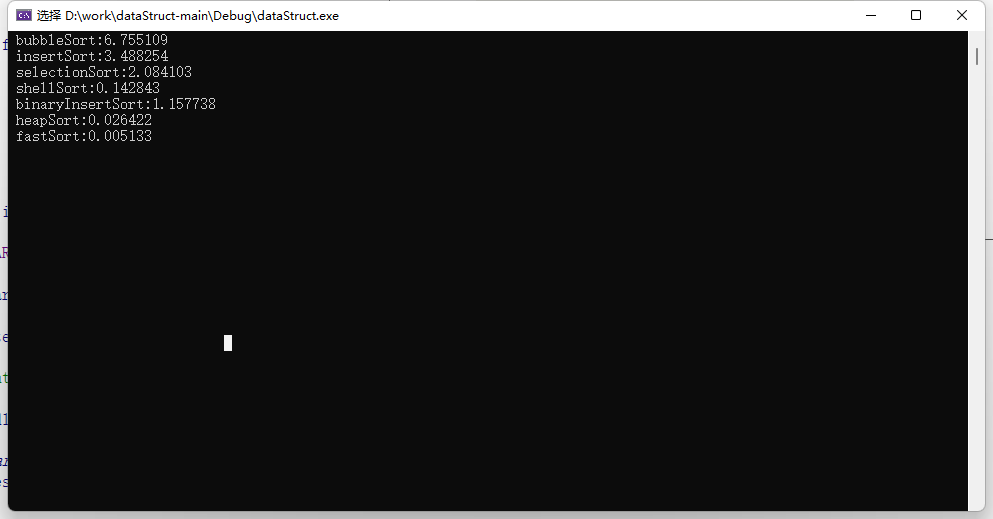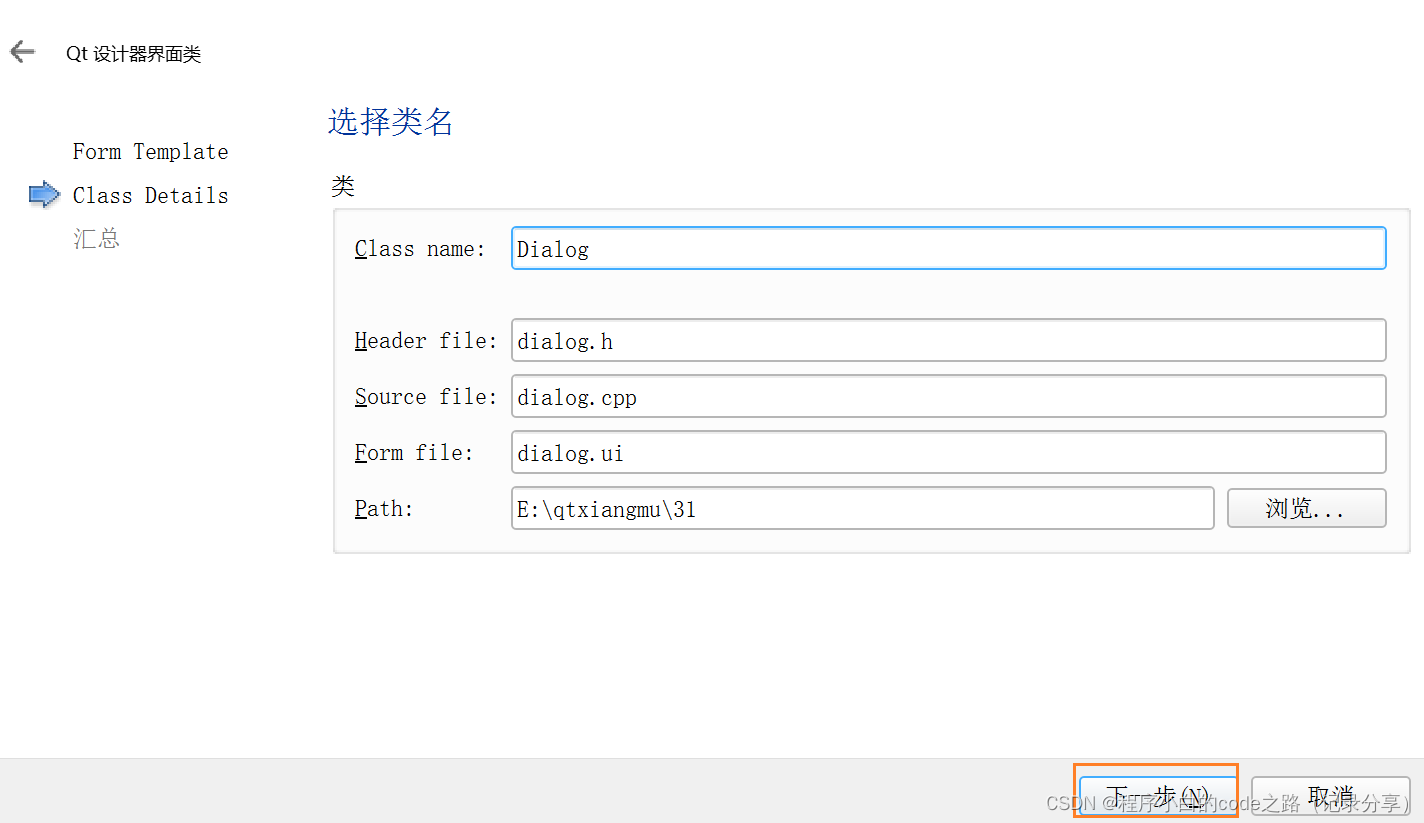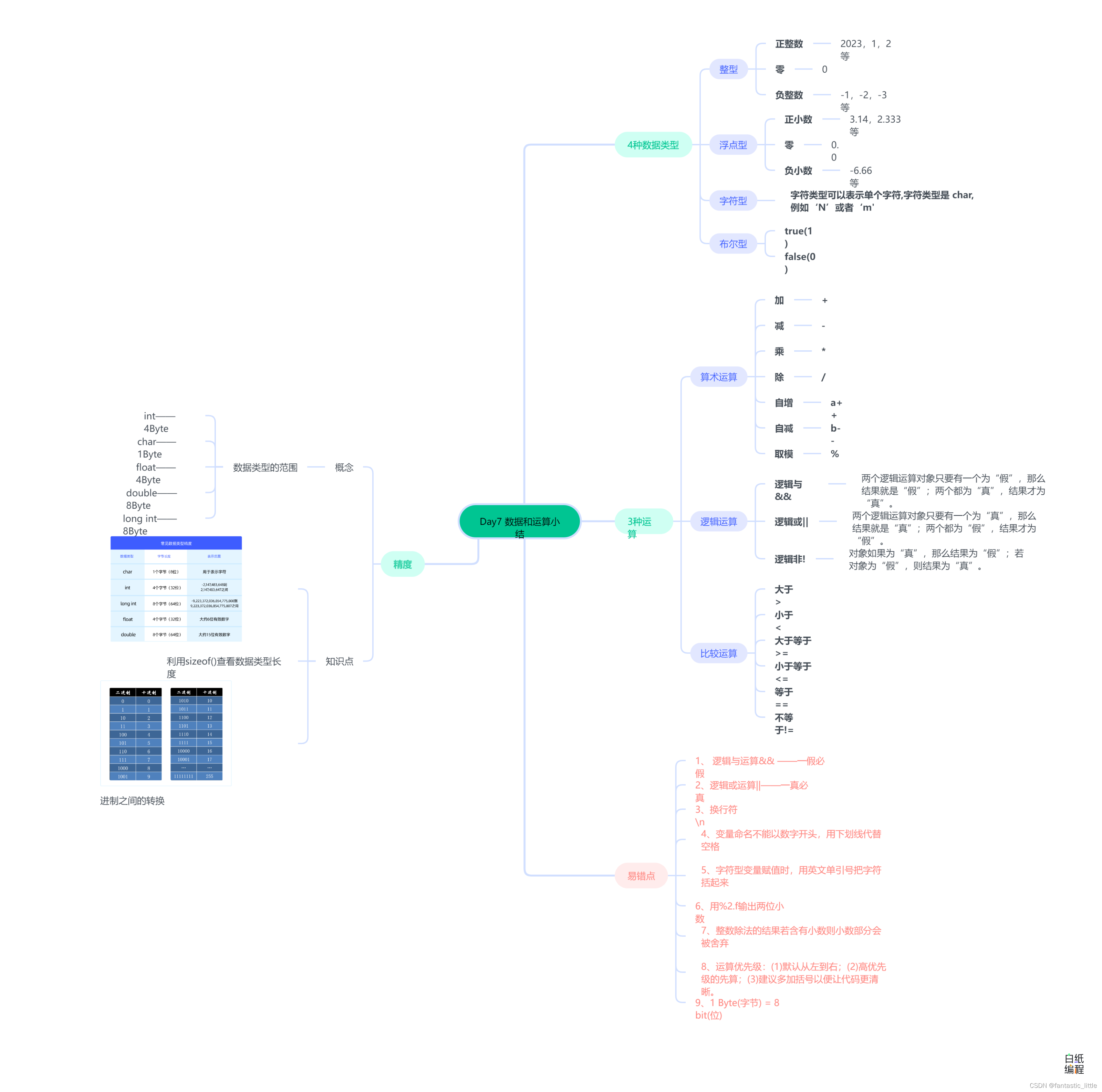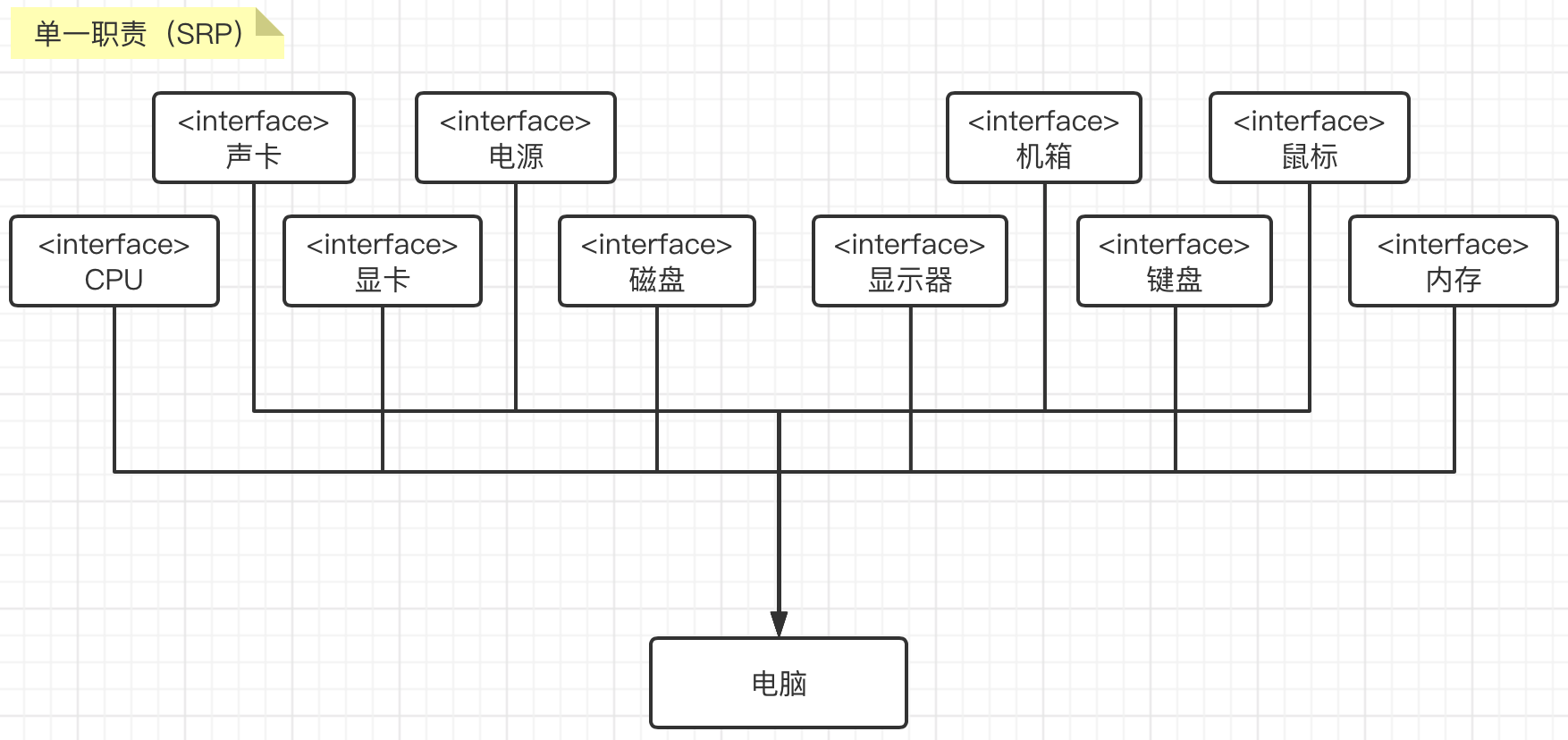目录
1.链表的概念及结构
2.链表的分类
单向或者双向
带头或者不带头
循环或者非循环
3.无头单向非循环链表的实现
3.1创建单链表
3.2遍历链表
3.3得到单链表的长度
3.4查找是否包含关键字
3.5头插法
3.6尾插法
3.7任意位置插入
3.8删除第一次出现关键字为key的节点
3.9回收链表
3.10完整代码
1.链表的概念及结构
概念:
链表是一种 物理存储结构上非连续 存储结构,数据元素的 逻辑顺序 是通过链表中的 引用链接 次序实现的 。
结构:


实际在内存中每个节点的地址是随机的,只不过用这个节点的next,找到了下一个节点的地址,实现链接。
2.链表的分类
实际中链表的结构非常多样
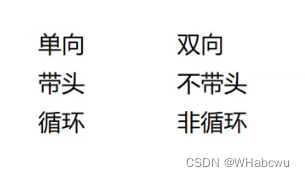
以下情况组合起来就有8种链表结构:
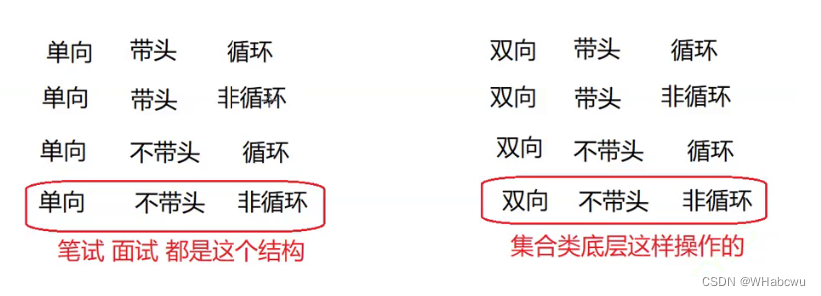
单向或者双向

带头或者不带头

循环或者非循环
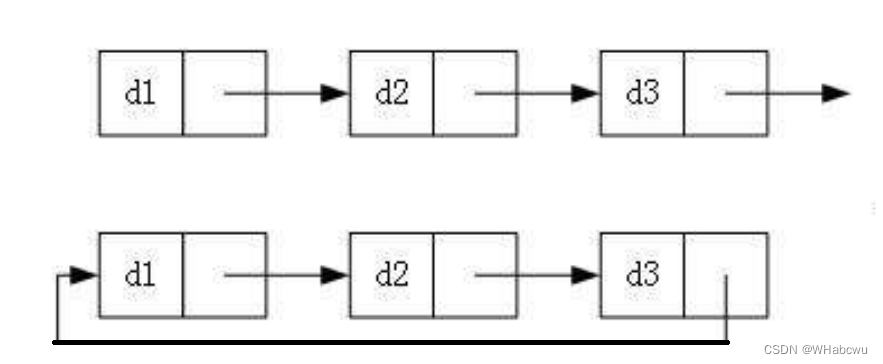
我们重点掌握无头单向非循环链表,这种结构在笔试面试中出现很多。并且可以触类旁通其他结构。
3.无头单向非循环链表的实现
链表的功能与顺序表类似,无非是增删查改,在某位置的插入与删除,对数据内容进行管理和操作。
具体实现内容:
(1)创建单链表(2)遍历链表(3)得到单链表的长度(4)查找是否包含关键字(5)头插法(6)尾插法(7)任意位置插入(8)删除第一次出现关键字为key的节点(9)回收链表
3.1创建单链表
public class MyLinkedList {
class Node {
public int val;
public Node next;
public Node(int val) {
this.val = val;
}
}
public Node head;// 代表当前链表的头节点的引用
}3.2遍历链表
public void disPlay() {
Node sur = head;
while(sur != null) {
System.out.print(sur.val+" ");
sur = sur.next;
}
}
3.3得到单链表的长度
进行遍历,并进行记录,最后进行返回就行
public int size(){
int count = 0;
Node cur = head;
while (cur != null) {
count++;
cur = cur.next;
}
return count;
}3.4查找是否包含关键字
对链表进行遍历,然后一一比
//查找是否包含关键字key是否在单链表当中
public boolean contains(int key){
Node cur = head;
while (cur != null) {
if(cur.val == key) {
return true;
}
cur = cur.next;
}
return false;
}
3.5头插法
将第一个节点的地址赋给我们新添加的节点的next,并且将新添加的节点赋给head,作为新的头节点
public void addFirst(int data){
Node node = new Node(data);
node.next = head;
head = node;
}
3.6尾插法
首先对该链表进行遍历,当遍历到最后一个节点时,将新添加的节点的地址最后一个节点的next。
如果该链表为空,直接将该新增节点设为头节点
public void addLast(int data){
Node node = new Node(data);
if(head == null) {
head = node;
return;
}
Node cur = head;
while (cur.next != null) {
cur = cur.next;
}
cur.next = node;
}
3.7任意位置插入
需要插入的位置必须为合法,如果不合法,我们会抛出一个异常进行提醒
public class ListIndexOutOfException extends RuntimeException{
public ListIndexOutOfException() {
}
public ListIndexOutOfException(String message) {
super(message);
}
}
任意位置插入,我们可以分为种情况,插在开头,插在结尾,插在中间
插在结尾和插在中间可以总结成一种
//任意位置插入,第一个数据节点为0号下标
public void addIndex(int index,int data)
throws ListIndexOutOfException{
checkIndex(index);
if(index == 0) {
addFirst(data);
return;
}
Node cur = findIndexSubOne(index);
Node node = new Node(data);
node.next = cur.next;
cur.next = node;
}
/**
* 找到 index-1位置的节点的地址
* @param index
* @return
*/
private Node findIndexSubOne(int index) {
Node cur = head;
int count = 0;
while (count != index-1) {
cur = cur.next;
count++;
}
return cur;
}
private void checkIndex(int index) throws ListIndexOutOfException{
if(index < 0 || index > size()) {
throw new ListIndexOutOfException("index位置不合法");
}
}
3.8删除第一次出现关键字为key的节点
分为四种情况
(1)一个节点都没有
(2)删除数据在第一个
(3)没有你要删除的数据
(4)有你要删除的数据且不是第一个
//删除第一次出现关键字为key的节点 O(N)
public void remove(int key)throws ListIndexOutOfException{
checkIndex(key);
if(head == null) {
return ;//一个节点都没有
}
//删除数据在第一个
if(head.val == key) {
head = head.next;
return;
}
Node cur = searchPrev(key);
//没有你要删除的数据
if(cur == null) {
return;
}
Node del = cur.next;//要删除的节点
cur.next = del.next;
}
/**
* 找到关键字key的前一个节点
* @param key
* @return
*/
private Node searchPrev(int key) {
Node cur = head;
while (cur.next != null) {
if(cur.next.val == key) {
return cur;
}
cur = cur.next;
}
return null;//没有你要删除的节点
}
3.9回收链表
将头节点置为空
public void clear() {
head = null;
}
3.10完整代码
public class MyLinkedList {
class Node {
public int val;
public Node next;
public Node(int val) {
this.val = val;
}
}
public Node head;// 代表当前链表的头节点的引用
public void disPlay() {
Node sur = head;
while(sur != null) {
System.out.print(sur.val+" ");
sur = sur.next;
}
}
public int size(){
int count = 0;
Node cur = head;
while (cur != null) {
count++;
cur = cur.next;
}
return count;
}
//查找是否包含关键字key是否在单链表当中
public boolean contains(int key){
Node cur = head;
while (cur != null) {
if(cur.val == key) {
return true;
}
cur = cur.next;
}
return false;
}
public void addFirst(int data){
Node node = new Node(data);
node.next = head;
head = node;
}
public void addLast(int data){
Node node = new Node(data);
if(head == null) {
head = node;
return;
}
Node cur = head;
while (cur.next != null) {
cur = cur.next;
}
cur.next = node;
}
//任意位置插入,第一个数据节点为0号下标
public void addIndex(int index,int data)
throws ListIndexOutOfException{
checkIndex(index);
if(index == 0) {
addFirst(data);
return;
}
Node cur = findIndexSubOne(index);
Node node = new Node(data);
node.next = cur.next;
cur.next = node;
}
/**
* 找到 index-1位置的节点的地址
* @param index
* @return
*/
private Node findIndexSubOne(int index) {
Node cur = head;
int count = 0;
while (count != index-1) {
cur = cur.next;
count++;
}
return cur;
}
private void checkIndex(int index) throws ListIndexOutOfException{
if(index < 0 || index > size()) {
throw new ListIndexOutOfException("index位置不合法");
}
}
//删除第一次出现关键字为key的节点 O(N)
public void remove(int key)throws ListIndexOutOfException{
checkIndex(key);
if(head == null) {
return ;//一个节点都没有
}
//删除数据在第一个
if(head.val == key) {
head = head.next;
return;
}
Node cur = searchPrev(key);
//没有你要删除的数据
if(cur == null) {
return;
}
Node del = cur.next;//要删除的节点
cur.next = del.next;
}
/**
* 找到关键字key的前一个节点
* @param key
* @return
*/
private Node searchPrev(int key) {
Node cur = head;
while (cur.next != null) {
if(cur.next.val == key) {
return cur;
}
cur = cur.next;
}
return null;//没有你要删除的节点
}
public void clear() {
head = null;
}
}
以上为我个人的小分享,如有问题,欢迎讨论!!!
都看到这了,不如关注一下,给个免费的赞 ![]()
